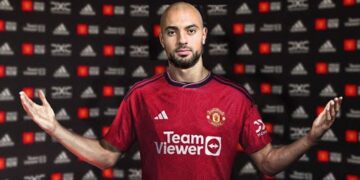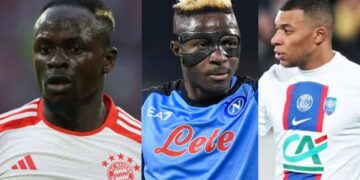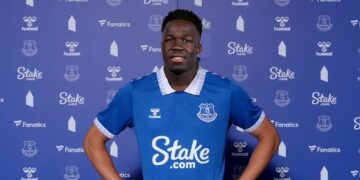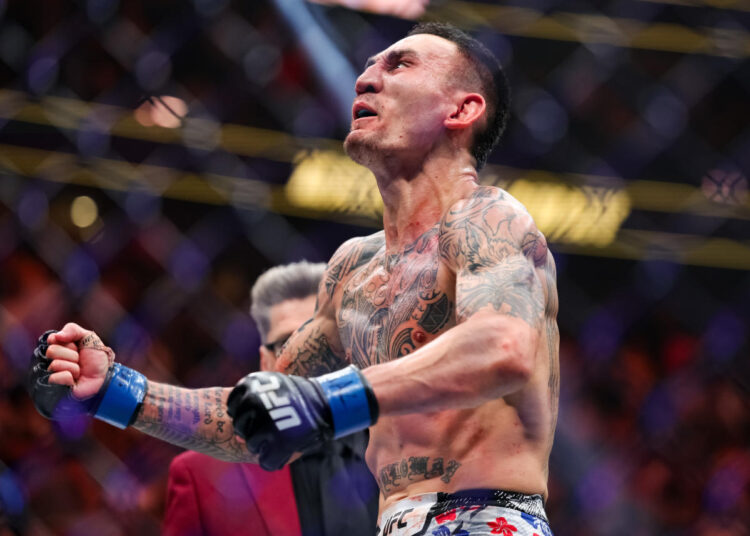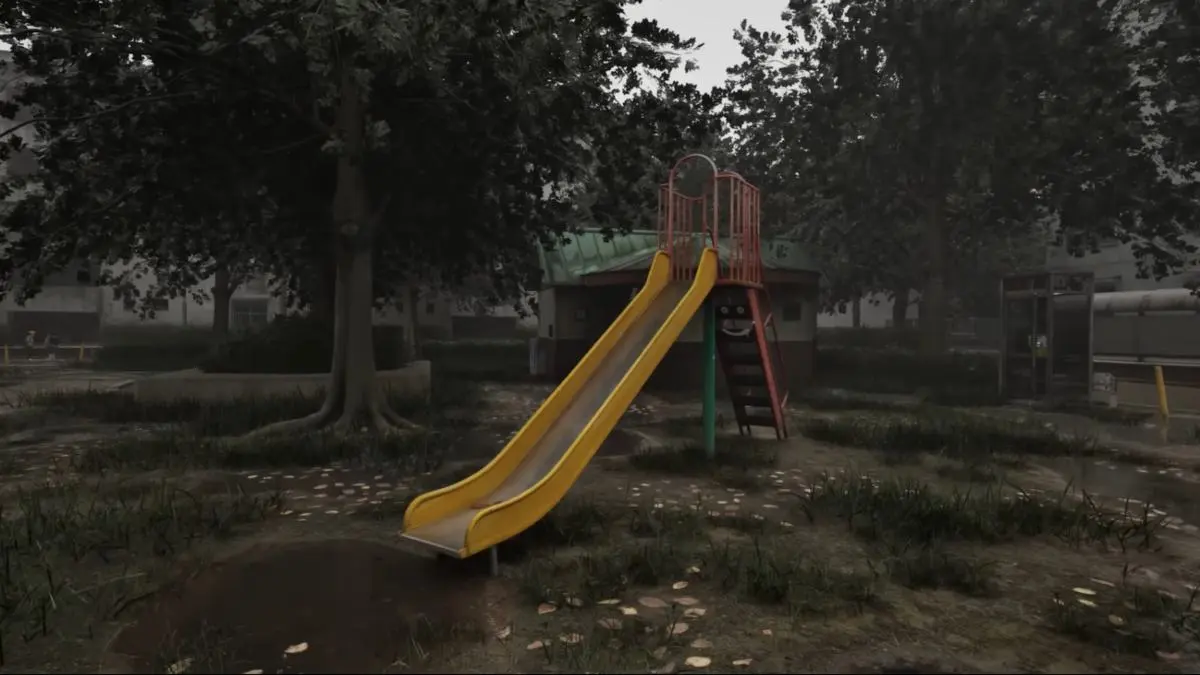Max Holloway has been in the UFC for a dozen years and has made the walk 29 times to the Octagon. He has competed in two weight classes and lost seven times. His win-loss record would suggest a journeyman more than an icon, yet — as he heads into his UFC 308 title fight with Ilia Topuria this Saturday in Abu Dhabi — nothing seems to stick to the UFC’s most cherished figure. A figure whose nickname happens to be, appropriately enough, “Blessed.”
Somehow, after a dozen years in the UFC, he has emerged as a kind of cult figure. A champion, the holder of the BMF title, a real life “warrior,” as Joe Rogan called him after he threw caution to the wind and folded Justin Gaethje in the waning moments of their fight at UFC 300. As a native Hawaiian, he speaks a loose form of pidgin that has long made him a novelty in the fight game, even if he willfully abuses his own power. He once designated Las Vegas and Toronto as the ninth and tenth islands to the Hawaiian archipelago without so much as even consulting a single government official.
You ask him about any of it, and he gives you a standard response. “It is what it is.” That, on its own, has become a t-shirt slogan. A shrugging Maxism to accept fate on fate’s most whimsical terms.
And what it is is hard to explain, this improbable, storybook career of Holloway’s. You might remember he was the pike-like featherweight who debuted at just 20 years old against Dustin Poirier in 2012, all eyebrows and Adam’s apple, notable at the time because he was the youngest fighter in the UFC. He lost that fight. He also lost to Dennis Bermudez years later in a narrow split decision, which is the second strangest thing on his record.
Know what? Doesn’t matter.
People have celebrated Max. Honored him. Even worried about him. On one occasion he appeared so groggy on a television interview with Michael Bisping that people grew concerned about his health. Namely, his mind. He was just 26 years old then, and there was a genuine concern that he was showing signs of what old-timers used to call being “punch drunk.”
Turns out, nah. He’s fine. Sharper than ever, actually. A quick wit and at times a comedian. A killer. He is a legend in the truest sense, as in, a tall tale that happens to be true. The wins. The losses. The titles. The BMF. The point-downs. The strange occurrences along the way. The shiny metallic tie he wore in Toronto. The in-fight adjustments. The masterful use of range. The stance-switching. The cool walkout music. The boxing prowess. The in-fight dialogue. The dramatics. The eternal toughness. The zero f*cks he has to give.
“The one thing that stuck out to me with Max when I fought him was his lack of fear,” Leonard Garcia tells me. “I was the reckless veteran with impressive KOs on my record, and he was staring me down. I respected him for that, and he did bring the fight. We went toe-to-toe; that made me like him even more.”
Eleven years ago, when Conor McGregor rose through the ranks like a cackling Irish phoenix, Holloway was fed to him out in Boston on the climb up. McGregor tore his ACL in the fight and still beat Holloway anyway. If life were a version of “Mike Tyson’s Punch Out,” Holloway would’ve been Don Flamenco in this stage of McGregor’s progression. It felt to everyone watching like he was just another victim to somebody else’s story to superstardom.
But to Max?
“It was just another fight,” he says. “I didn’t think about it like that or really see it attached to Conor’s rise. I go into every fight 0-0, so we just keep it moving.”
Keep it moving he did. He reeled off 13 straight wins, bruddah. He took out Cole Miller. Treated Sweden to a show by knocking out Akira Corassani. Stuck it to the revered veteran Cub Swanson, who marveled at his witchery while tasting an endless jab.
“Max is such a master of footwork and range, which allows him to land his strikes at will,” Cub says. “And when you do happen to hit him? He has a granite chin.”
He crashed down on everybody the UFC threw at him. Charles Oliveira? Boom. Jeremy Stephens? Boom. Ricardo Lamas, who at the time was a couple of years removed from fighting the title? Now we’re talking about when the Cult of Max began to materialize in earnest.
“When I fought Max, he was ascending in the ranks, so I just thought of him as another opponent,” Lamas says. “As a fighter he always surprises me, though. I have counted him out of a few fights, and he ends up coming out on top. He’s very good at proving people wrong.”
You might remember that Lamas fight. It occurred at UFC 199 in Anaheim, and it was the first time Holloway pointed to the ground, challenging Lamas to come bite down on his mouthpiece and trade hellfire. He wanted to stand and bang in the middle of the cage for the final 10 seconds, even though he was clearly winning on the scorecards. Max was willing to gamble away a certain victory because Lamas had the audacity to throw his hands a couple of times in the fight, as if to accuse Holloway of refusing to engage.
“It’s a Waianae thing,” Holloway says, remembering back. “That’s how we do it, we are tough people and we scrap. I just felt it. I was put on this world to fight, and in some moments you just gotta throw down.”
Freaking Max Holloway. That’s when the legend started in earnest. Then came the interim title against Anthony Pettis, whom you might remember from Wheaties box fame. That’s when Max declared Toronto the 10th Island. That led to a unifying title fight with the featherweight legend himself, Jose Aldo, whom Max beat in Aldo’s hometown of Rio de Janeiro. The belt belonged to Hawaii. Was it a fluke? Hardly.
Max did it again, just as emphatically, six months later in the Motor City.
“I think probably those Aldo fights [made me a bigger star], because no one thought I could go and do that,” he says. “Then there was big moments throughout, like the Ortega fight was big.”
Oh yes, Ortega. Turned to putty. A total of 290 significant strikes landed into his blue-eyed features in 20 minutes. It wasn’t a showcase; it was a Hawaiian ambush. A clinic of skillful meanness that at times looked just plain ruthless. Snap, snap, boom. It all went into the cult of Max.
“Then that Gaethje fight this year,” he says, “took everything to a whole new level.”
He always surprises me. I’ve counted him out of a few fights, and he ends up coming out on top. He’s very good at proving people wrong.Ricardo Lamas
Wait. Wait, wait, wait.
First there was a montage of extraordinary events. A lot of things happened before the ill-advised Gaethje fight, the fight that established Holloway as not only a candidate for Fighter of the Year but earned his place forever in the Pantheon of Wicked Shit (POWS). There was his the move up to lightweight to rematch Poirier, which didn’t go his way. He was too small, they said. There were the three losses to Alexander Volkanovski, which — going back to the Bermudez anomaly — are the most out of place pink spots on his Wikipedia page.
Didn’t matter.
Losing the title and two more shots to get it back would bury any ordinary man forever, but not Holloway. That’s because in between he kept rolling. Frankie Edgar? Boom. Yair Rodriguez? Boom. He landed a record 445 strikes on Calvin Kattar live on ABC, including a no-look right hand into the bruised and battered Massachusetts man’s face like a sadistic Patrick Mahomes. “I’m the best boxer in the UFC!” he yelled to the commentator’s table right after it landed, which was the coldest thing to air on national television since the Ice Bowl of ’67.
There was even a photo captured of him doing the Ali slip when Kattar threw a right hand, paying homage to one of his heroes on the eve of Ali’s birthday.
On he marched. Arnold Allen? Boom. The Korean Zombie? Boom. And then yes, Gaethje. Justin Gaethje. “The Highlight,” straight from the copper mines of Morenci, Arizona. The minefield onto which Holloway merrily traipsed.
Just when it seemed like Max had done everything, he takes a fight against Gaethje — as a lightweight — for the BMF title. He did so at a time when Ilia Topuria took the belt from his greatest nemesis, Alexander Volkanovski, which opened the possibility back up of a title fight. He was no longer behind the eight-ball at featherweight. So why take the chance against a buzz saw like Gaethje? Why lose his standing as a contender?
Why take the beating? The damage? The L?
The concerns of mortal men, really. Of bystanders. Of people who let logic override their deepest intrigues. There’s a famous clip of Muhammad Ali, just about to make the walk in the Rumble in the Jungle in the heart of Africa to face George Foreman, a force of nature built to destroy him. The men who love Ali are wearing concern on their faces. The vibe is positively funereal. And there is Ali, looking around at those sullen faces, addressing them as only a fighter can.
Why did Max take that Gaethje fight?
“The answer is in that video,” he says. “That’s exactly it.”
It wasn’t that he beat Gaethje. It was the why having no consideration for the who. It was the fearlessness of the when, and impossibility of was the how. Five rounds of vintage Holloway. Five rounds of turning the game’s great berserker into a beating post, taming the lucid-eyed Tasmanian devil through a steady course of boxing, spinning kicks, and relentlessness. It was that he had already won the fight. The fight was in the bag. And yet, sensing the moment’s magnitude, he pointed down at the center of the Octagon — a friendly gesture, really, just as he’d done with Lamas — and laid a red carpet out for Gaethje to come get his chin. Gaethje, built of violent impulse, did as instructed, while Max planted on his heels and returned fire.
In the chaos of the exchange, with 19,000 fans losing their minds, Holloway landed a right hand that sent Gaethje headfirst into the canvas. There was a second left on the clock. Twenty-four minutes and 59 seconds of torture, just to wipe his memory with a clean right hand. Max might as well have grabbed the tempest by the tail and flung it into another dimension.
The cult of Max was stronger than ever. And it is stronger than ever as he heads into this title fight with Topuria.
Some people think Max is in over his head. That Topuria, who is just 27 and entering his prime, will be too much. Some people think that Max is too old, even though he is five years younger than Alex Pereira, and six years younger that Francis Ngannou. Even though Max is 32, which in parallel worlds might look like a fighter’s prime. People want to know, have the wars taken a toll?
That’s the wrong question to ask when dealing with Max. The real question is: What makes a legend? What is it exactly?
When looking over Max’s body of work, it is what it is.
Read the full article here







